|
Get the heddles into position Ultimately I want to thread the heddles in the center of each harness, so that by the time I am done I will have about the same number of leftover heddles on the right and left of the warp on each harness. This will help keep the harnesses well balanced as I weave. To do this I need to know how many heddles my draft will require on each harness. My weaving software (Fiberworks) tells me I will need:
Step 6 is repeated over and over for each section of the draft until the threading is completed. Threading the reed I find it more comfortable to thread the reed when the reed it horizontal (parallel to the floor) rather than vertical (sitting in the beater). I can’t stress this enough! This method is so much more ergonomically correct: easier to see what you are doing, easier on your body and faster to boot.
Every inch or so, I tie a slipknot underneath in the bundle underneath the reed. This is really important. There is not much holding this reed in those cords. If it gets dislodged and you haven’t tied those knots, the reed will fall on the floor and you get to start over :-). That could really ruin your day! When the threading is done, I put the reed into the beater, center the warp (NOT the reed) in the beater, and put the top on the beater. Click on any picture to zoom in. Ready for Day 6 - Tying up the loom. Go to Life History-Day 6 To review, go back to Life History-Day 4
1 Comment
Your comment will be posted after it is approved.
Leave a Reply. |
Pattie LambI have been happily weaving since my son was born in 1988. Archives
June 2023
Categories
All
|

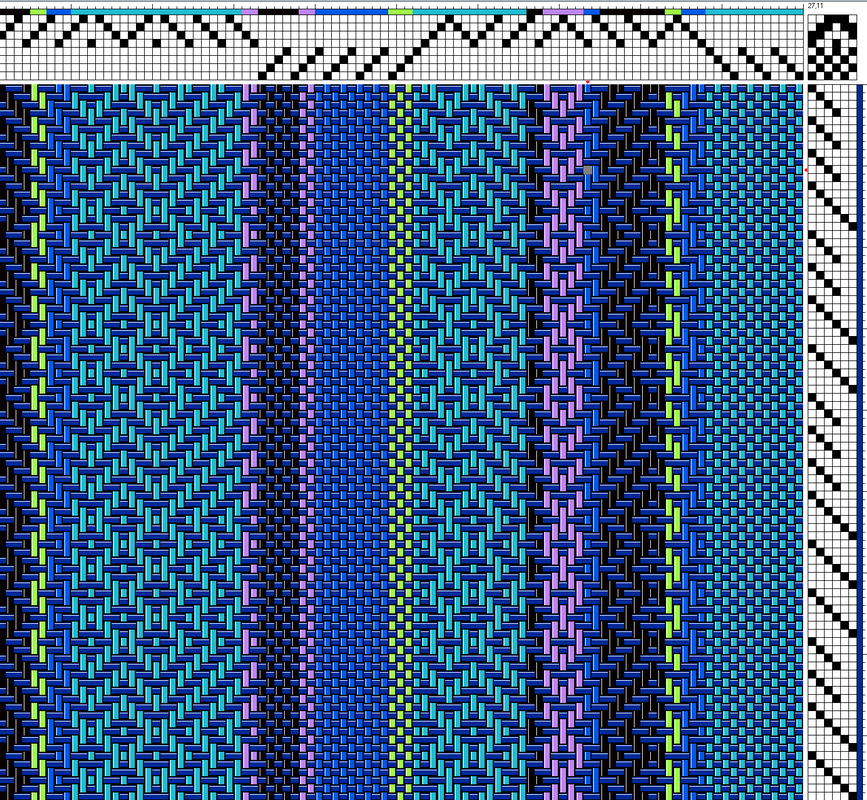

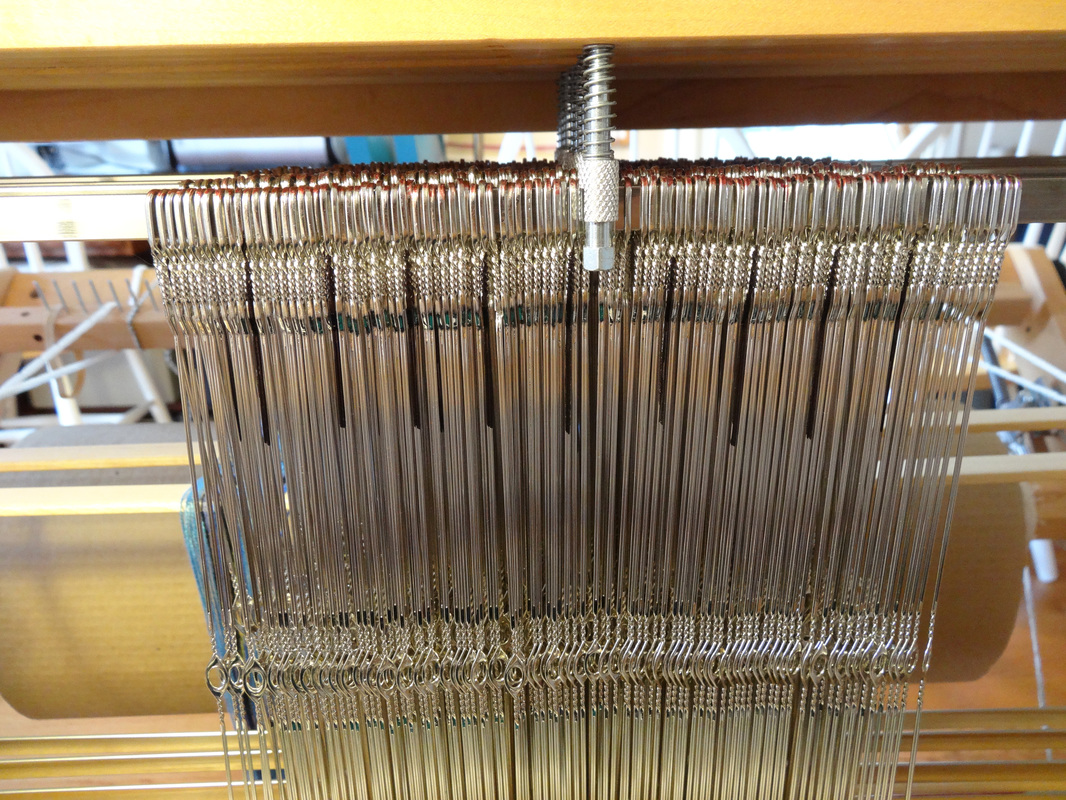

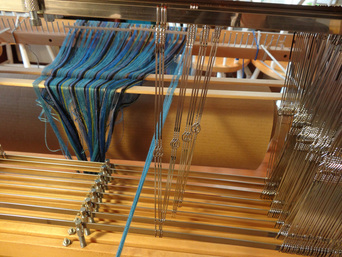
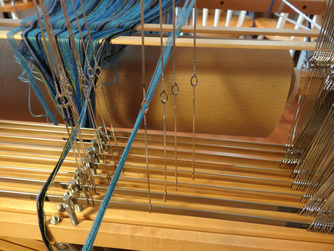

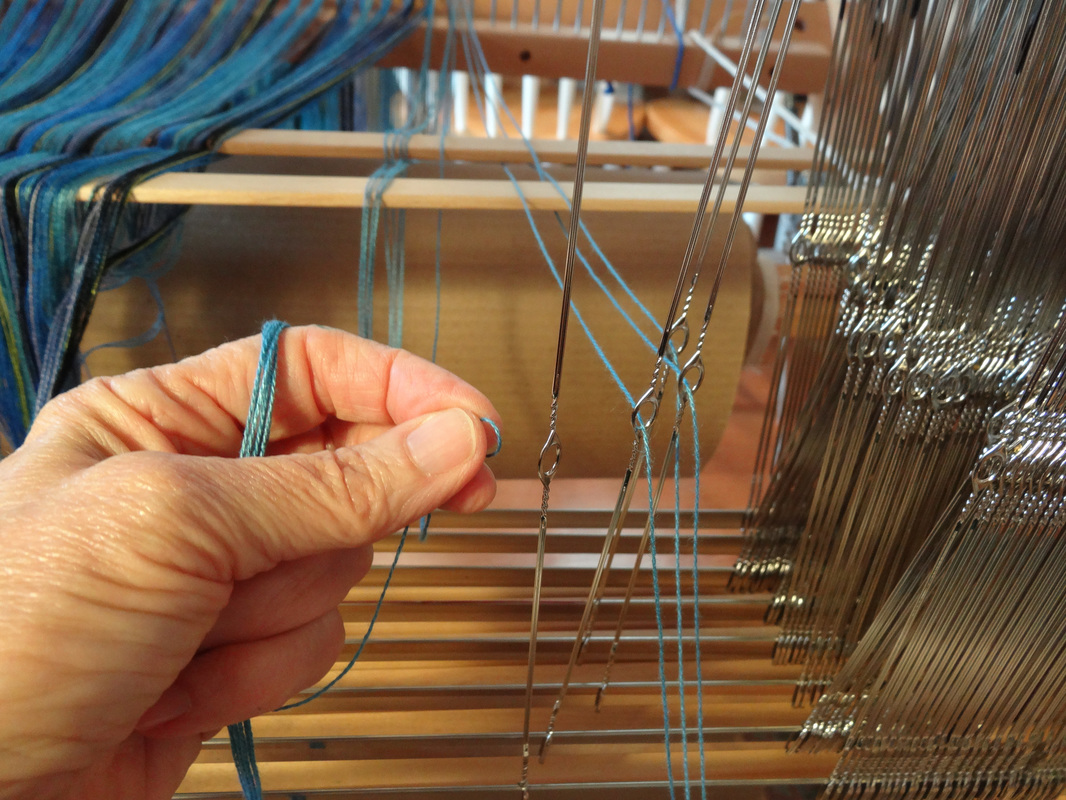
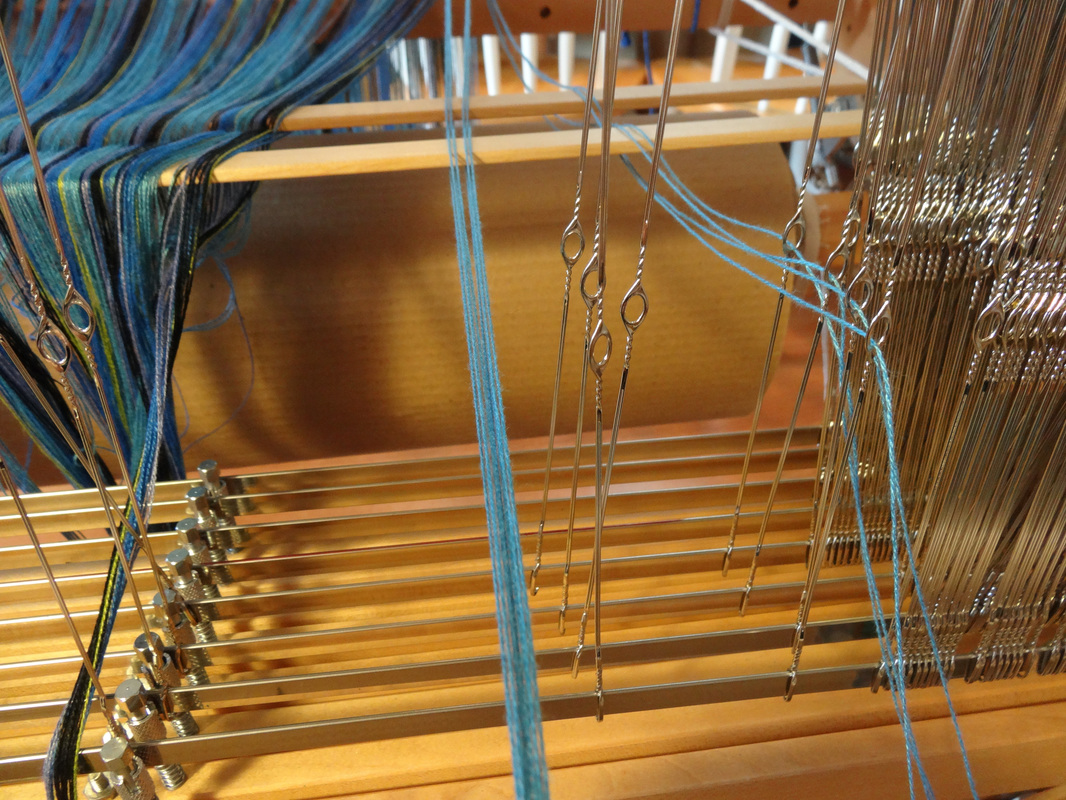
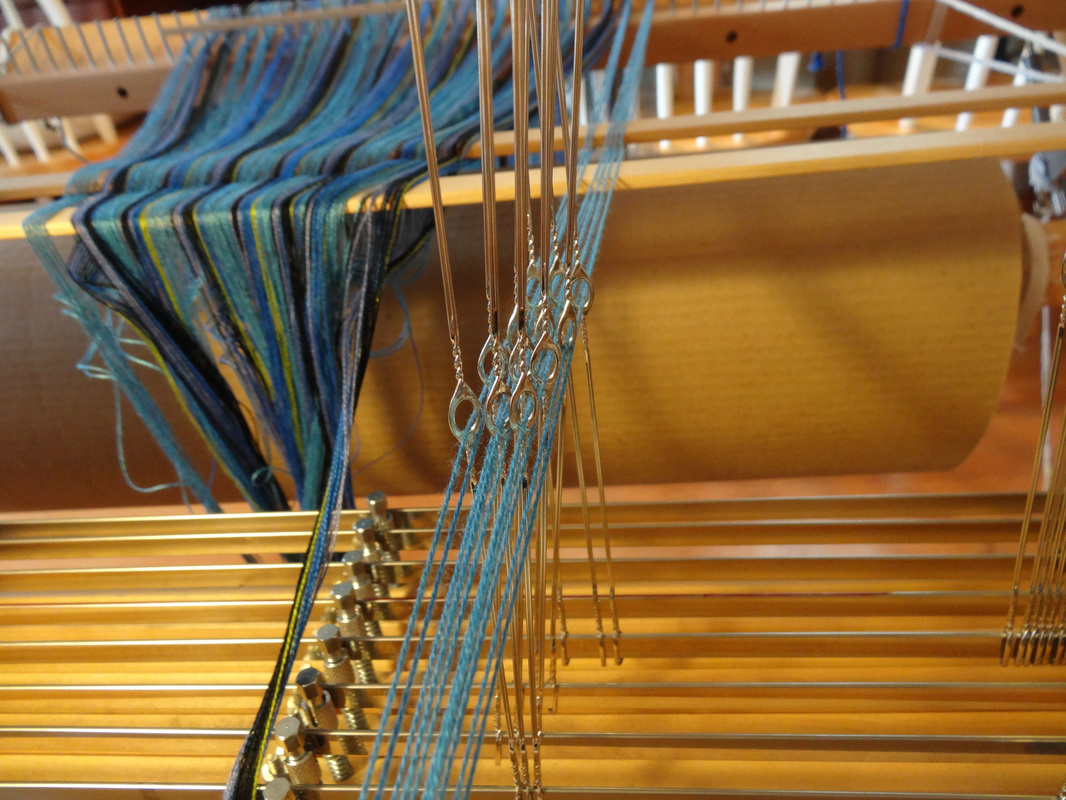
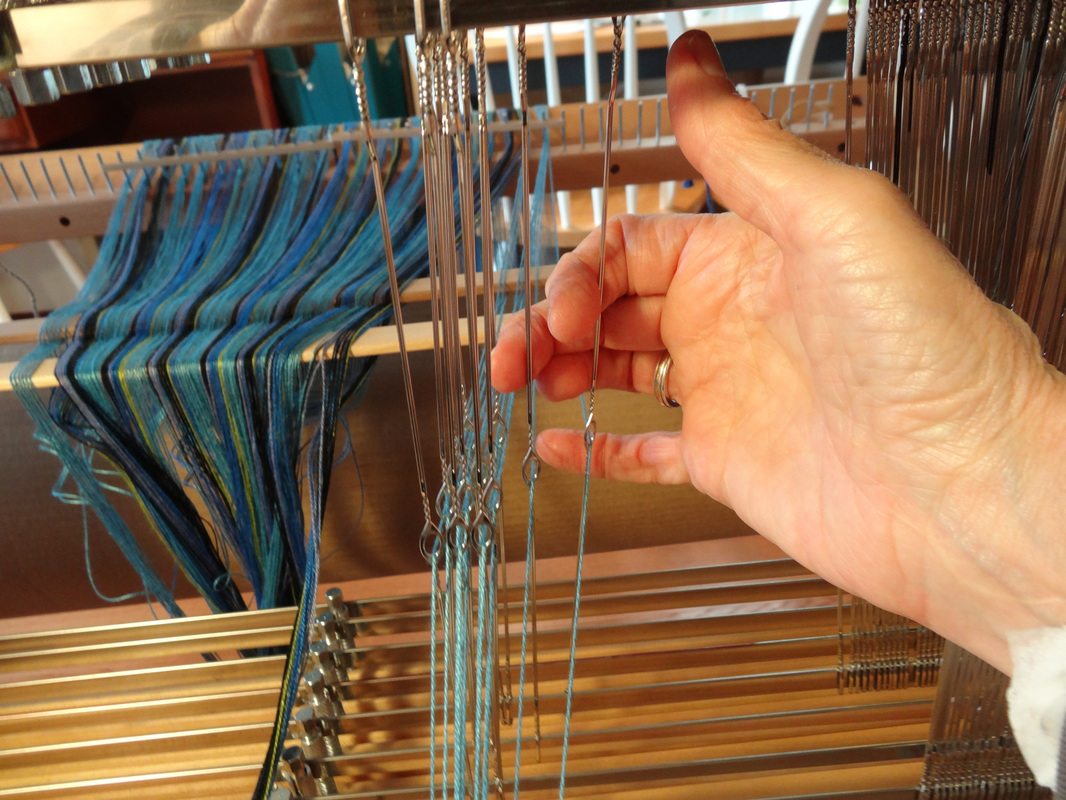
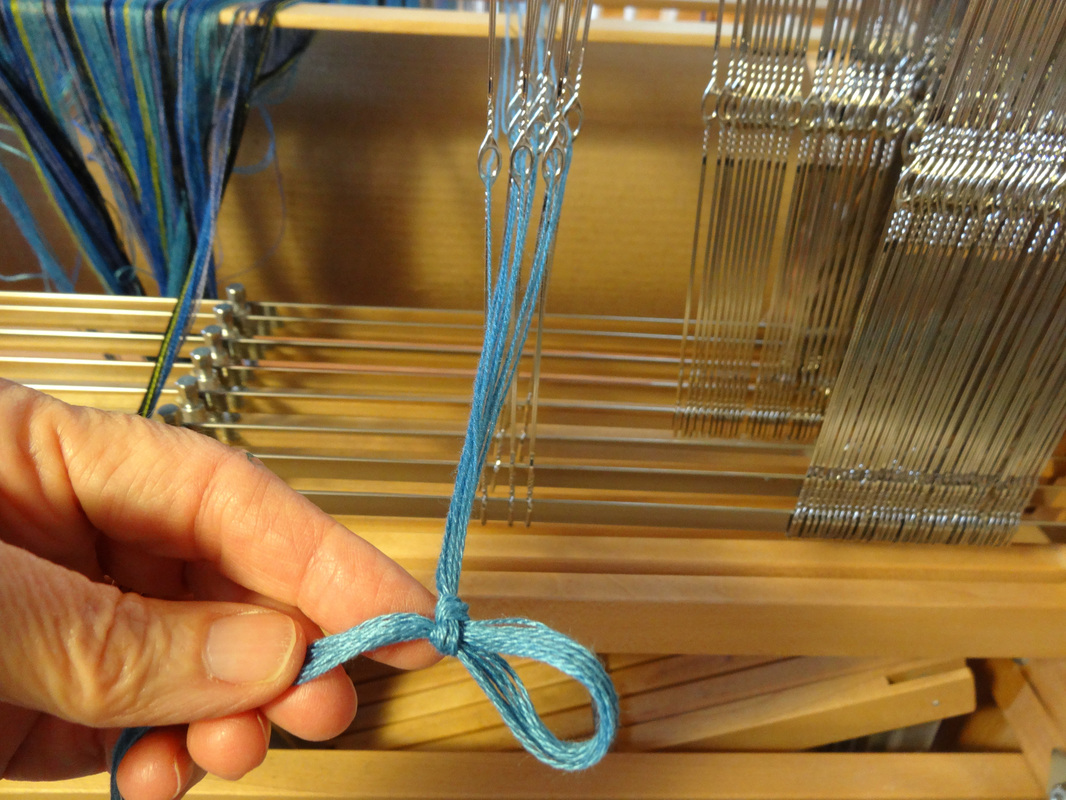
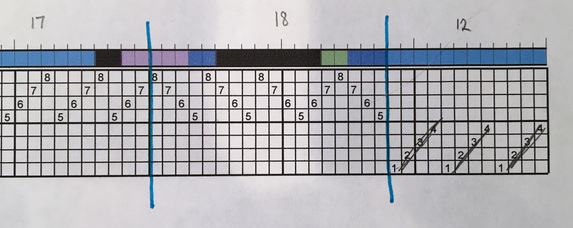
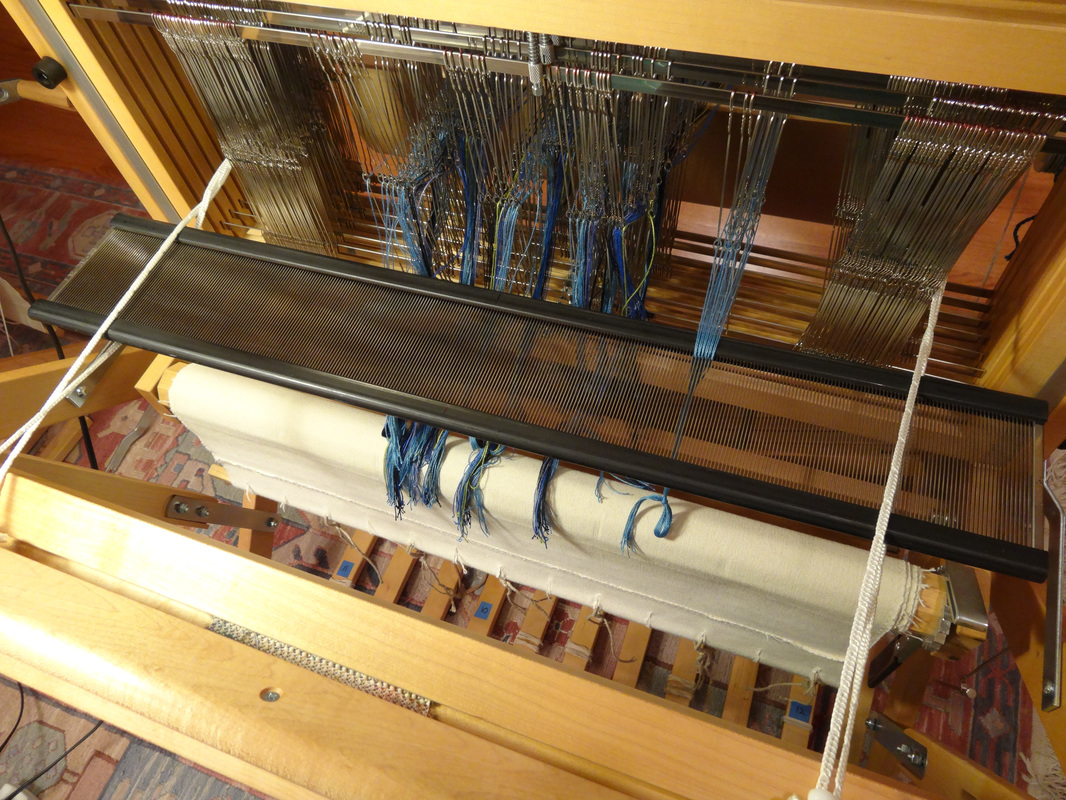
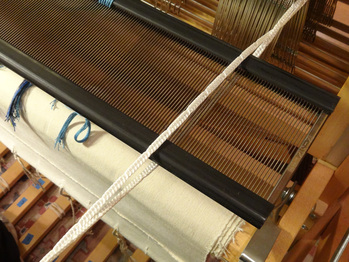
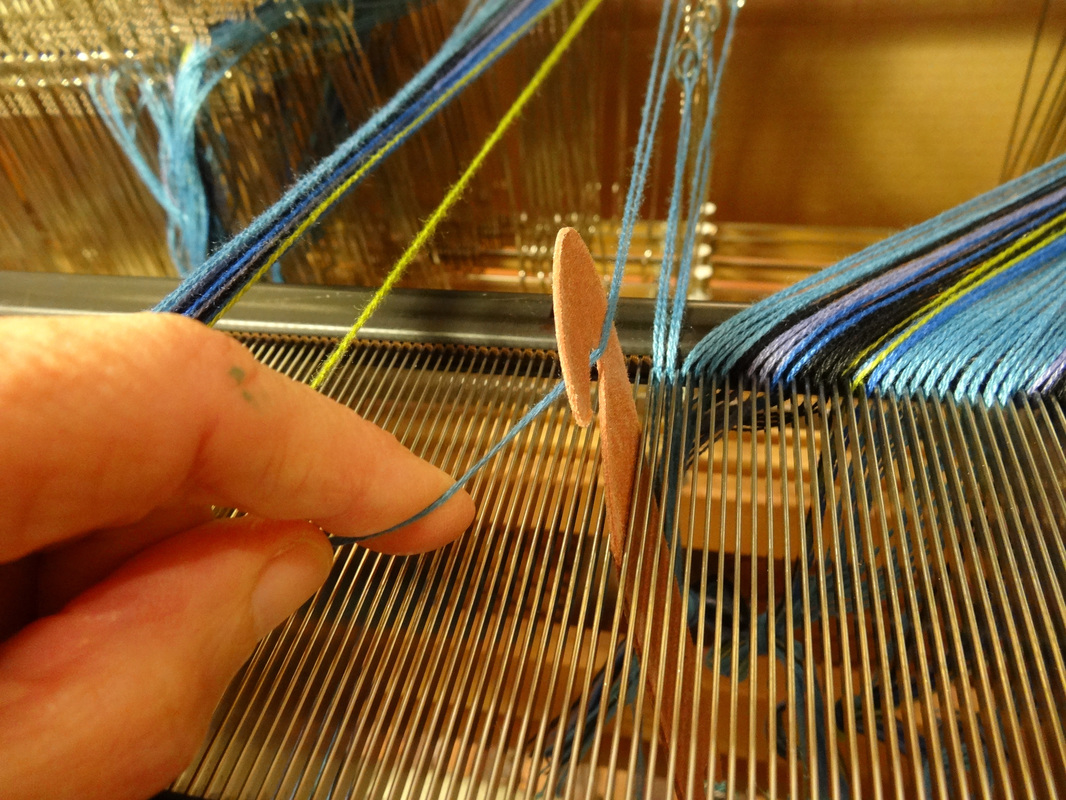
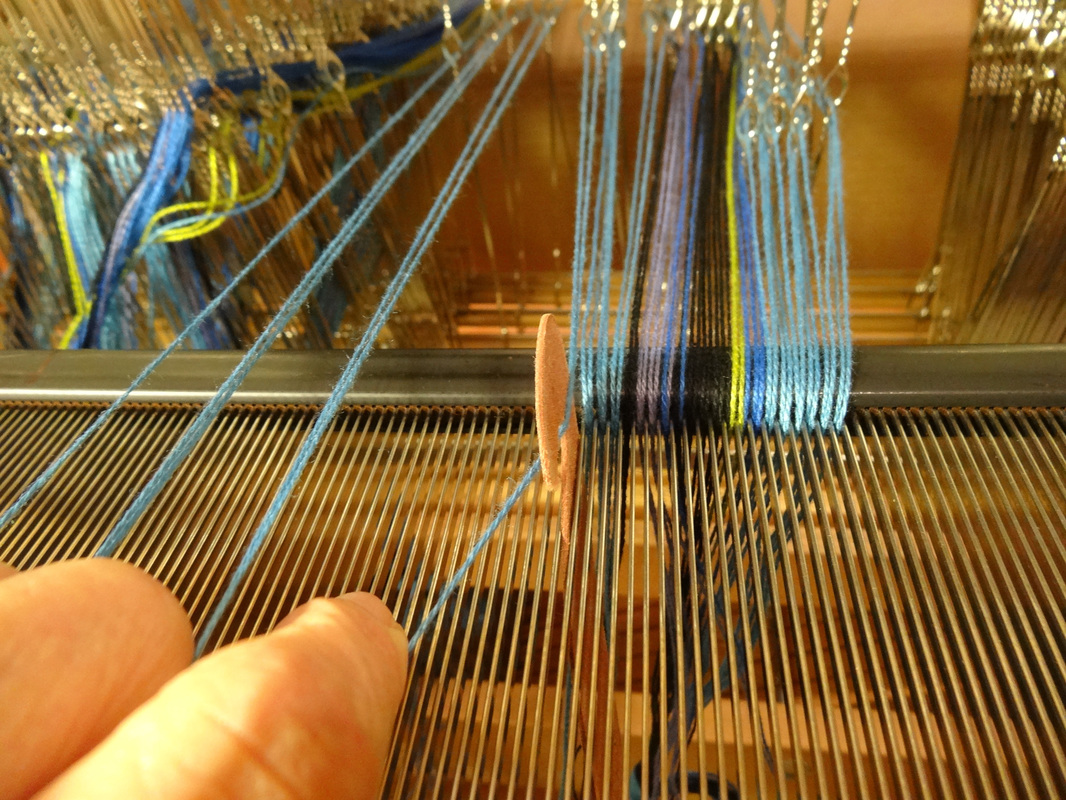
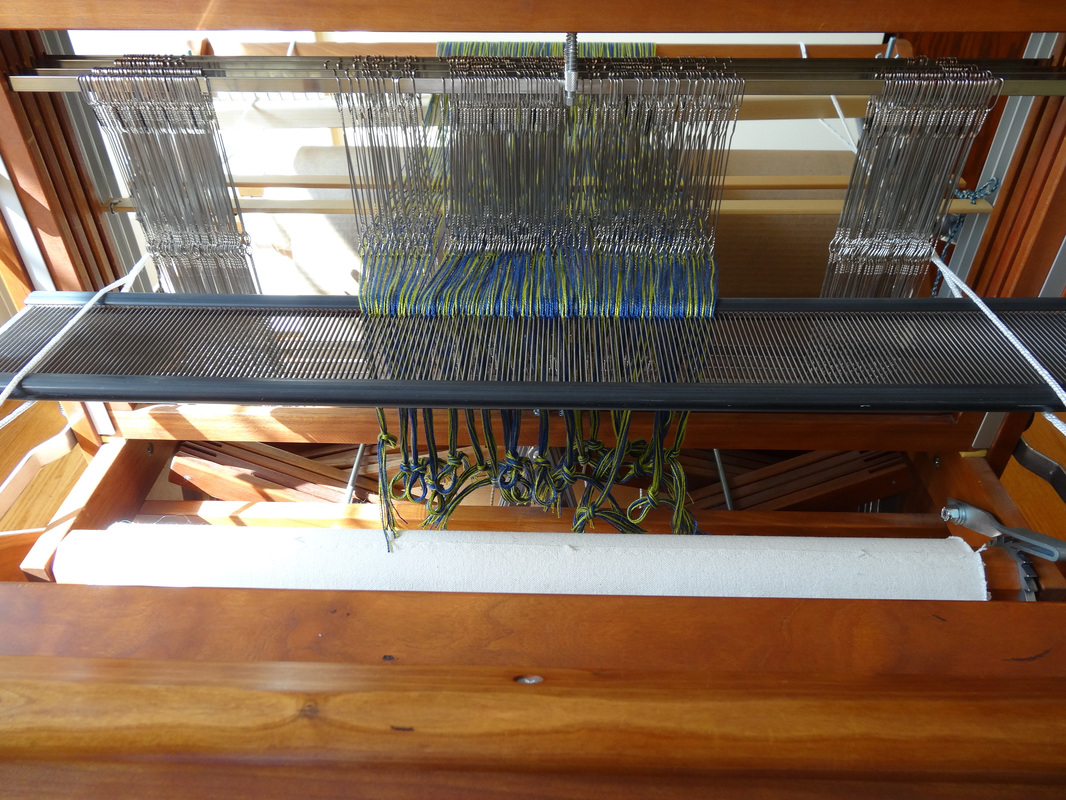
 RSS Feed
RSS Feed